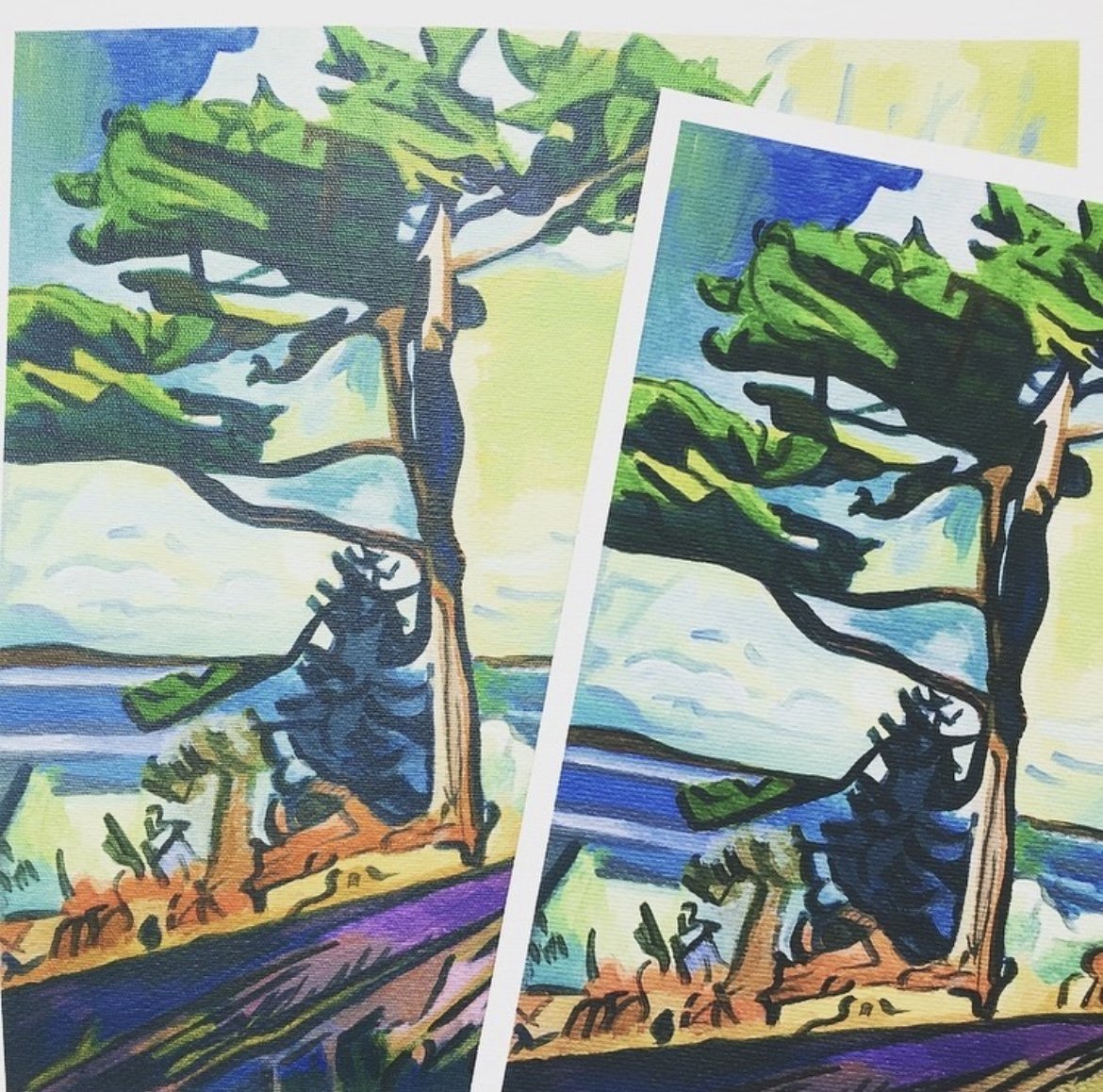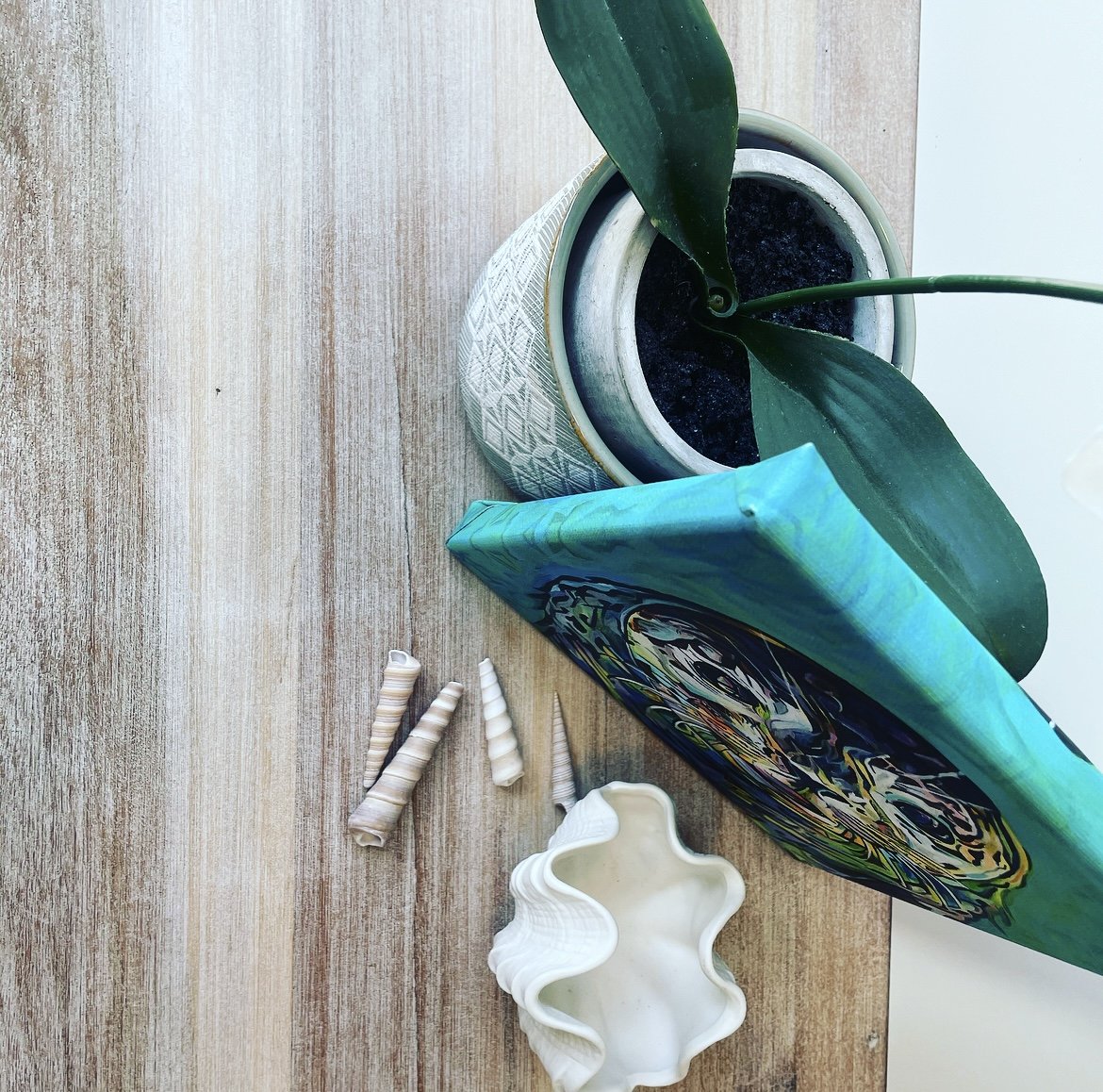Frequently Asked Questions About Purchasing Art
Who Produces Your Giclée Fine Art Prints?
Image courtesy of Maine Photo Works @mainephotoworks
I am so excited to be working with Maine Photo Works, a local print shop in South Portland, Maine. The advice and support provided to artists by local print shops like Maine Photo Works is priceless. From scanning, digital color-correction and printing artwork, to being a source on retail packaging, labeling and all things creative, the value local print shops offer is indeterminable. Please know that your purchase not only supports this local artist, but that it also supports a local printing company, their staff, and all the other artists and creatives who have found them to be a trusted resource for locally sourced print materials.
Learn more about What is so Special About a Giclée Art Print in this blog post.
Check out this Quality Comparison!
The print on the right is from Maine Photo Works. The print on the left is from a “big box” online print company. The online company was cheaper, but as you can see there are huge differences in color quality. What you can’t see is the huge difference in texture, weight and feel that’s apparent in person. The Maine Photo Works print is heavier weight, more durable, and has a true canvas and paint texture and appearance.
Now check this out!
Here are multiple prints from Maine Photo Works in various sizes. Can you even tell the difference? The consistency and quality of Maine Photo Work’s prints is so good, they’re identical to each other, and indistinguishable from the originals!
The incredible expertise of the staff at Maine Photo Works and the high quality professional equipment and products they use mean that fine art prints can be printed in various sizes. In some cases, up to four times the size of the original painting!
Which Material is Best - Paper or Canvas?
The answer to that is — it depends. There are benefits to each choice. Fine art paper is the most affordable option. But a potential drawback could be that it is best displayed and protected in a frame under glass. Framing costs can be an additional expense when you purchase artwork on paper. Additionally, artwork under glass can reflect light, making fine art paper a poor choice in very sunny rooms where light reflections will impact how the artwork is viewed.
Canvas is more durable and can be framed with or without glass, which can be more versatile. Especially if you intend to display your artwork in a sunny location where reflections on glass could cause glare.
Stretched Canvas is the most expensive of the three, but you get all the benefits of canvas material, stretched over a wood frame and ready for display. Stretched Canvas prints can be hung framed or unframed. In some cases, saving on framing costs can off-set the higher cost of a Stretched Canvas print.
Technical Information about the Fine Art Paper and Canvas I use:
Fine Art Paper
Designed for longevity, this paper is made from 100% cotton rag and features a smooth matte finish. The heavy weight, thickness and opacity of 98% give this paper the look and feel of a true fine art paper. It has been designed to deliver bright whites, deep blacks, and a wide color gamut.
Note: Artwork on paper is best displayed and protected in a frame under glass.
Canvas
This Archival Matte Canvas features a heavy 395 g/m2 media weight and a 23.0 mil thickness, making it suitable for gallery and museum-quality prints. It yields deep blacks and a wide color spectrum. Additionally, its elastic polymer coating resists cracking, making it ideal for gallery wrap stretching.
Note: Canvas prints are more durable than paper prints and can be framed with or without glass making them ideal for sunny locations where reflections on glass could cause glare.
Stretched Canvas
The Archival Matte Canvas print has been stretched over a wood frame and is ready for display. These canvases can be secured on the wall with or without a frame.
Note: These canvases have been Gallery Wrapped with the artwork extending around the sides and secured at the back to ensure that no raw canvas is visible when displayed without a frame.
What Size Artwork Should I Buy?
Grab your tape measure and find the dimensions of the wall you will be using.
Wall art should take up 60%- 75% of the available wall space. This is the space that isn't covered by furniture or moldings. Begin by measuring the width and height of your wall space and then multiply them by 0.60 and 0.75. This will give you the range of sizes that will best suit the space.
If you are working with a grouping or collection of art, use the same formula to find the ideal width that the pieces should fill with 2-3 inches in between each frame.
Learn about the 5 Guidelines for Sizing and Hanging Wall Art in this blog post.
Is Framing Art Expensive?
Framing art can be expensive! My art and the suggested print sizes are designed to fit in frames that are easy to find in stores or online. No need to pay for costly custom framing for oddly sized pieces!
Fine Art Paper and Canvas prints feature a 0.25/0.5 inch white border to make framing easy. Fine Art Paper prints should always be framed under glass to protect the integrity of the paper from moisture and damage.
Stretched Canvas prints feature gallery wrapped sides, meaning the artwork extends around the sides of frame. This means the artwork will look fantastic on the wall from any angle, with or without a frame.
Do you have other questions about purchasing artwork?
Learn more in the Guide to Purchasing High-Quality Art. Or send me a message! I’d love to hear from you.









